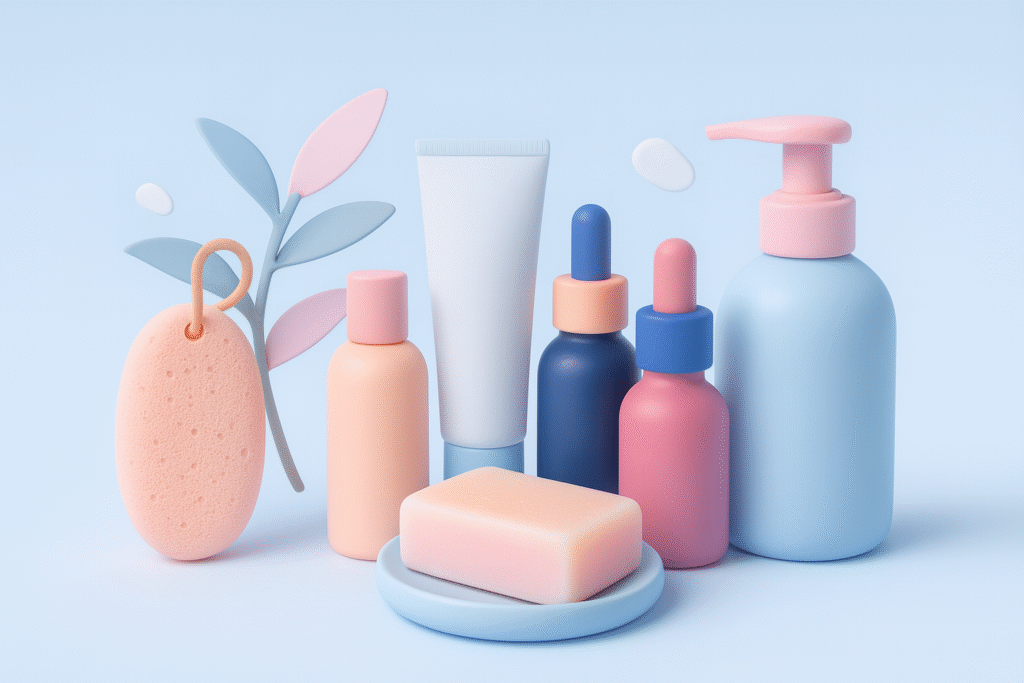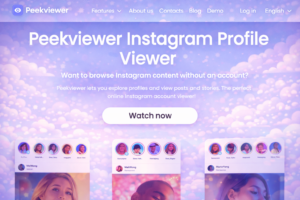The personal care markets, which include everything from skincare and cosmetics to haircare and fragrances, are no longer about beauty and hygiene.
This is one of the most vibrant and fastest growing areas of the consumer goods market, which is deeply associated with identity, lifestyle, and health, after the tendency of multi-layered relations between consumers and their brands.
This fundamental change is not a random event; it is a domino effect of consumer behaviour, values, and expectations.
Brands should recognise that understanding consumers is not just about meeting demand. This is a foundation to fuel innovation, shape trends, and ensure permanent growth.
Shifts in Consumer Preferences
Consumers in the current market are more knowledgeable, selective, and expressive than ever before.
This is the reason behind the emergence of several trends that are fundamentally changing the industry. Wellness has merged with beauty, transforming routines into self-care rituals.
Sustainability and being ethically conscious are no longer small issues for people anymore, but are now the basic requirements that consumers expect.
The concepts of inclusivity and personalisation have evolved to an absolute must-have status, and digital engagement has become the main way for consumers to access, learn about, and buy products.
Size, composition, and characteristics of different population groups, i.e., demographics, are the chief factors regarding these changes.
In particular, Gen Z and Millennials are the main sources of change.
They spend their money to support brands that are closest to their personal values, be it the use of cruelty-free, vegan, or fair-trade products.
Basically, the voices of these generations have become stronger than ever thanks to the internet, social networks, and the influencer culture, thereby they not only reach directly, but also influence the marketing strategies.
Such a dynamic feedback loop has magnetised the industry to be more responsive and quicker in their moves.
Personalisation as a Growth Driver
The days when people could use the same type of personal care products regardless of their needs have passed.
Customers want products specifically designed just for them to solve their unique problems, and so personalisation has become the chief growth driver.
One of the technological breakthroughs that is greatly contributing to this trend is the launch of AI-powered skin analysers, which recommend customised skincare routines, and DNA-based kits, which offer hyper-personalised product formulations.
Those brands that have the mastery to gather and analyse consumer data are open to giving these bespoke solutions. The advantages are big:
- The main benefit of personalised services is the creation of stronger brand loyalty as customers feel a direct connection to a product, which is effective.
- One more advantage is that the pricing strategies for the products are highly customised and thus more valuable to the consumers.
- Cross-category opportunities, e.g., skincare along with health or fragrance, are another benefit of this approach.
Such focus on individual preferences is most pronounced in the field of the skin care products market, which is very competitive, where consumers expect products to address their specific concerns, from acne to anti-ageing.
Clean, Sustainable, and Ethical Preferences
The growing necessity for openness has been one of the main factors for the “clean beauty” phenomenon to emerge, which means the consumers who not only closely check the ingredient labels but also give preference to those products that are declared to be free of synthetic chemicals, parabens, and sulfates.
Companies are experiencing the effect of this trend on their business as they need to provide customers with innovative, eco-friendly packaging alternatives such as biodegradable, refillable, or minimalist choices.
Sustainably sourced and cruelty-free products have also been the main reasons for consumer decisions. Certifications such as Leaping Bunny and Fair Trade are among the most reliable signs of trustworthiness.
Tech Integration and Digital Influence
Technology has significantly changed the interaction of consumers with personal care.
The virtual reality supported by AI and AR offers the virtual try-on of makeup and hair colour, while the skin diagnostic apps for smartphones have made skin analysis at home possible.
Smart devices, such as those for masks of custom formula or personalised light therapy, are erasing boundaries between home and clinic.
Brands that rely on direct-to-consumer and online sales have made the market more equitable in terms of product accessibility, thus allowing niche companies to challenge the big players in the industry.
This also led social media to become a major channel for discovery, with influencers serving as certified product curators.
Consumers now look up to brands to be genuine and share convincing stories on these digital platforms, building a sense of community and belonging.
Inclusivity and Cultural Sensitivity
Diversity is being acknowledged by the personal care industry.
The move to inclusivity is not only about broadening the range of products but also about covering the wide variety of skin tones, hair types, and genders.
International brands are changing their product recipes to correspond to local requirements, meaning that a product that is good for one place is not necessarily efficient for another.
Besides, they are identifying cultural standards of beauty and the specific needs of skin microbiomes.
Innovations are not only a moral obligation, but they also become possible when brands listen to the voices of the marginalised consumer groups, as they gain access to the previously untapped market segments.
Health, Wellness, and Overall Beauty
The lines between health and beauty are blurred, creating new hybrid categories.
This is a result of the consumer’s need for overall well-being. Nutricosmetics, or supplements that promote beauty from within, and probiotic skin care are a couple of examples of this trend.
Consumers want products that not only treat the physical body, but also the mind, and thus the demand for aromatherapy and stress-relieving products has achieved traction.
Companies that can innovate in these areas by producing products associated with lifestyle and emotional well-being are encountering a receptive market.
The Role of Consumer Insights in R&D
Consumer insights, in the case of personal care companies, are the very core of new ideas.
These brands have been moving away from the traditional market research to accept more open and deep ground studies, behavioural data, and co-creation with consumers.
Some top companies are going so far as to implement crowdsourced innovation programs, which means that consumers can directly submit their ideas and give feedback.
This real-time feedback loop gives shorter product development cycles and less risk of failure since a better market fit from the get-go is assured. Insights-driven research is a necessity in a convoluted market.
A report by Pristine Market Insights on the skincare products market says that the quickest expanding segments are those that have met the consumer needs for transparency and personalisation. This clearly indicates the essential role of deep consumer understanding.
Regional Differences in Consumer Behaviour
What consumers want is not the same in the various parts of our planet.
For example, in the Asia-Pacific Market, K-Beauty and J-Beauty have popularised multi-phase routines and innovative formats.
The North American market is characterised by a great demand for the use of technology in the personalisation of beauty and wellness, which drives beauty.
European consumers show a strong priority for natural and organic ingredients.
On the other hand, emerging markets are described as having a middle class that is expanding and wants a mixture of affordability and the adoption of aspirational brands. It is necessary to successfully localise products and marketing on these regional insights for global growth.
Challenges in Meeting Consumer Expectations
Operating in such a consumer-centric market comes with several obstacles. One of them is the rapid speed of innovation, resulting in such markets that are overcrowded and exhausted consumers.
Finding the proper harmony between being economical and sustainable can take a lot of time and be quite complicated, as environmentally friendly materials are usually more expensive.
Besides that, the increasing popularity of data-driven personalisation not only brings privacy issues but also requires that brands be honest enough to let consumers know how they use their data.
Moreover, the problem of greenwashing, that is, going by the making of false or exaggerated environmental claims hanging over a brand’s trust force is very close, and as a result of this, companies must be very honest to be able to win and keep consumer loyalty.
Future Outlook: Consumer-Inspired Designing
The future of the personal care industry is a theme of working together and co-creating.
Companies will turn to consumers for their input in product development processes, right from idea generation up to the packaging stage.
Advanced technologies like 3D printing of cosmetics and next-gen biotech for ingredients will open up new ways for a consumer to customise deeply.
The aim is to have a creative environment where customer reviews not only guide the choices of receptacles but also contribute to the sustainability strategy and flow of products for the future.
Conclusion
The personal care industry has changed its model from supply-driven to consumer-driven, wherein innovations are inspired by the consumers.
The brands that will be able to get the attention of not only their customers but also foresee their needs, react promptly, and co-create with them will be the ones to dominate this new era.
Developing consumer empathy to a high degree and utilising insight driven by data will allow brands to open up the next growth wave that is transformative.
Where beauty and wellness are closely intertwined, the capability to genuinely grasp and meet the needs of the contemporary consumer will be the most important competitive advantage.









